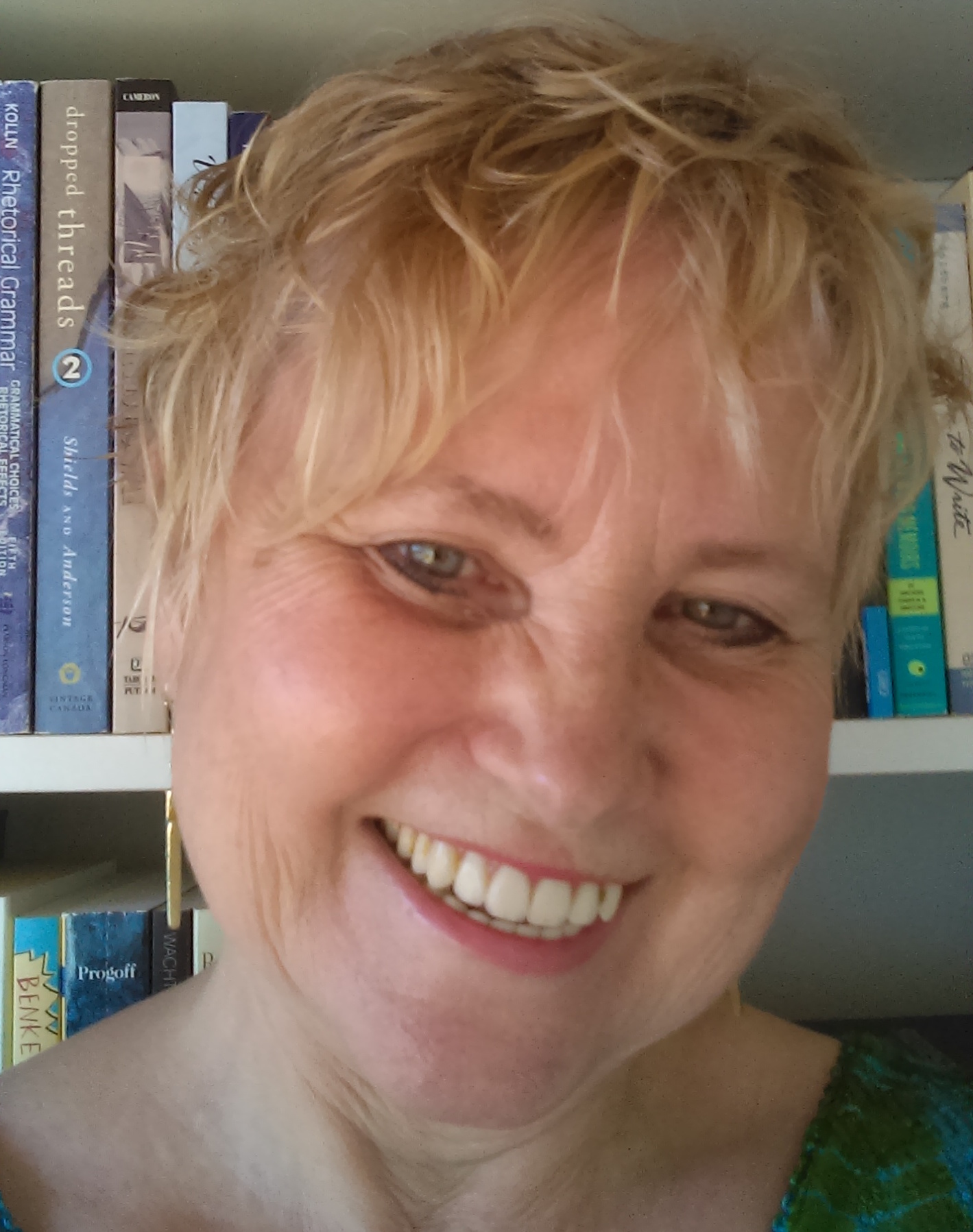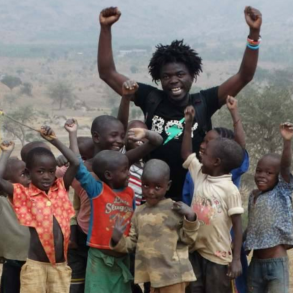By Edith Friesen for Enlivening Edge Magazine
How can we design a community of practice that creates the conditions for transformation and emergence?
In contemplating this question, I am inspired by Meg Wheatley and Deborah Frieze on the Life Cycle of Emergence. It seems that intentional communities of practice function like evolutionary midwives: they take the potential within networks and scale it up so that powerful systems capable of global influence can emerge. http://www.margaretwheatley.com/articles/emergence.html
I am also inspired by the writing groups or communities of practice that I’ve facilitated over the years. A writing group often springs from a network of like-purposed people who self-organize in order to learn, share, and support each other on their writing journey. When writers realize the powerful impact of their words, such a writing group can morph into an intentional community of practice.
And this is where it gets tricky. As if on cue, common writing fears and challenges emerge, and our egos go a little crazy. Writing is such a vulnerable business. We are taking huge risks by doing this together. The plot thickens and the pot begins to stir itself.
What’s needed is a set of conditions to ensure that the pot doesn’t boil over and scald us. To ensure that what comes out of this pot not only feeds us, but also feeds others. A design that allows for transformation and emergence at various scales—from personal, to organizational, and maybe even to systemic.
This is where a publication channel like Enlivening Edge Magazine comes in. With more than 2,500 subscribers around the globe, we are positioned to spark emergence at organizational and systemic scales. You could say that our writers function like a loose and informal network of like-purposed people. Imagine what could happen if these writers gelled into a network and then expanded into an intentional community of practice.
Now, background that thought, and foreground the conditions that might make it possible.
Through many years of experimenting, following my intuition, and learning from other writers and facilitators, I have designed a five-part process that works for writers in a network or community of practice. Whether it has broader application is another question, perhaps one you can answer in the comment section below.
Dropping in
By dropping into our hearts, our bodies, our we-ness, or even Life itself—before writing together—we are able to loosen the clutches of our survival-driven ego and relax into our wholeness. Various breathing, centering, and meditative practices are useful here. In this way, we anchor ourselves in deeper wisdom and prepare the ground for personal transformation and emergence.
Sensing and Responding
We write by sensing and responding. Sensing means paying attention to what the heart wants to speak, to where the writing wants to go, to what our audience longs to hear. Writing is our response to whatever comes up—moment-to-moment. In this way, we become clear instruments for the evolutionary impulse. The fresh writing that emerges from even a five- to ten-minute writing practice is often jaw-dropping.
Sharing
By sensing and responding, we have let the heavy robes of authorship slip from our shoulders. So, when it comes to sharing our own writing with those in our community of practice and reading it aloud, we experience a sense of lightness and curiosity. Sometimes we grin and shake our heads in disbelief, asking: Who wrote this?
Validating
After listening to another’s writing, we avoid giving 3rd-person, analytical feedback, or general praise. Instead we adopt a 1st-person perspective and respond in a precise and disciplined manner. We say things like: I felt your presence when…; I came alive when…; I resonated with…; I felt myself shift when…. Receiving this sort of validation nourishes the writer’s soul and helps us gauge the potential impact on our readers.
Synergizing
Finally, we pivot outward and face the larger, living systems to which we belong. Now, we think strategically and ask: What does this piece of writing want to morph into? How can we give it arms and legs? Where could it ripple out? Where is the most fertile ground for publication and influence? We ask these questions in service to the greater whole.
This process is just one way that we, as communities of writers, can create the conditions for transformation and emergence. Of course, we cannot predict that transformation or that radical emergence will occur, nor would we dream of attempting to do so. Still, we know that the written word can create a new world or dismantle an old one—when the conditions are ripe.
What would it take for you to dovetail with such a community of writers?

As a lifelong writer, Edith has worked in diverse organizations and coached writers. She enjoys helping people write in Teal-inspired ways that touch the body, heart, soul, and mind. Send email to edith (at) enliveningedge.org.




